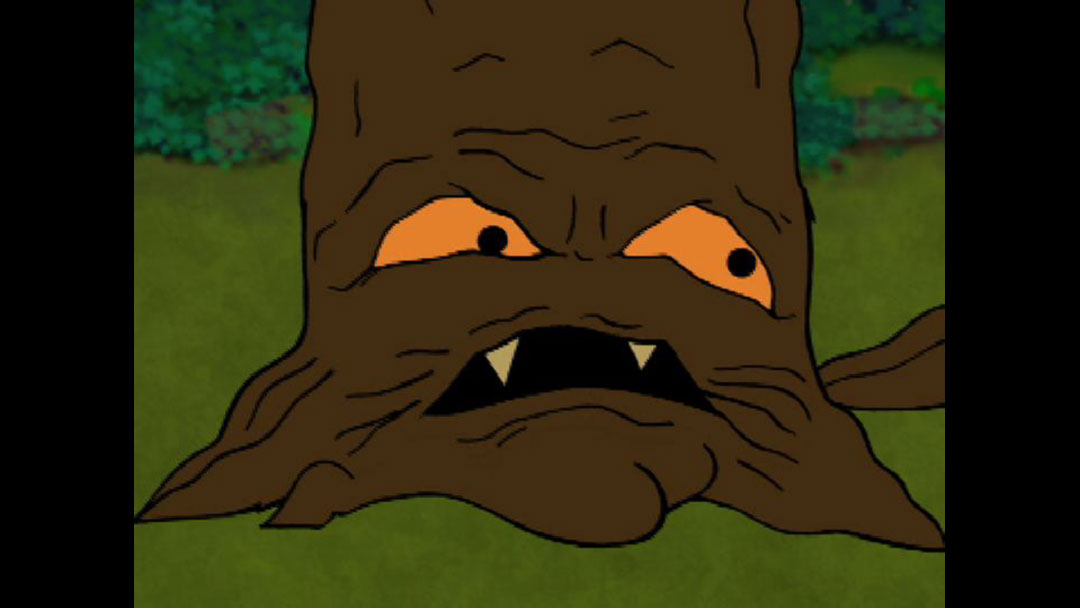
Posted on 09/28/2014 3:36:10 PM PDT by Vince Ferrer
Grasslands around the world are under threat from trees, according to a new study from Kansas State University.
Streams, as well as tall grasslands surrounding them, are being studied by biologists, concerned that prairies could turn into forests or become covered in shrubs.
Tall grass is becoming less common in areas around the world, with shrubs and trees replacing the prairies. Such changes can affect the movement of water through the regional ecosystem, changing soil chemistry. This can have a dramatic, potentially negative, effect on the local environment.
"This is an important issue regionally, because as trees expand into these grassland areas, people who are using grassland for cattle production have less grass for animals, too," Walter Dodds, distinguished professor of biology at Kansas State University, said.
The Konza Prairie Biological Station, where the research was carried out, stretches over 8,600 acres in northeast Kansas.
Dodds has 20 years of experience studying the area. Along with Allison Veach, doctoral student in biology, the two studied 25 years of aerial photos of the station. The pair were looking for patterns in the growth of trees and shrubs within 100 feet of streams. They wanted to know specifically how grazing by animals affected the growth of plant life, as well as the time between large fires, known as the burn interval. They compared these effects to historical growth patterns of woody vegetation in the regions.
"Although we can reduce woody expansion by burning more frequently, we can't prevent it from occurring over time. Woody plant encroachment may not be prevented by fire alone," Veach said.
This research underscores the importance of controlled burns to keep growth of woody vegetation in check, assisting tall grasses to grow. However, the study also reveals that such actions are not enough to ensure the long-term survival of tall grass in prairies.
Dodds and Veach believe the recent growth of trees in grasslands could be due to increased carbon dioxide in the air. Grasses are more efficient than trees at utilizing the gas in respiration. As concentrations rise in the atmosphere, it is possible that shrubs and trees are able to use the atmospheric component to feed their growth.
Investigation of tall prairie grasses, and how they are affected by the growth of trees around streams, was profiled in the journal Plos One. When the burn interval was low -- just a year or two -- growth of trees and shrubberies were kept in check. However, these fires do not appear to reduce the development of such organisms enough to preserve a healthy environment for grasslands, according to the study.
Prairies are maintained by periodic fires.
http://www.museum.state.il.us/muslink/prairie/htmls/pr_fire.html
Fire has always been a partner with healthy prairies. In dry conditions early in the spring or late in summer and early fall, lightning could strike and set a prairie ablaze. Later, Native Americans and Euro-Americans set prairie fires to help hunt animals and clear the land. Today, prairies are managed and maintained by prescribed burns.
During each burn, non-native plants are removed, allowing prairie plants more nutrients and room to grow. Prairie plants can survive fires since they have deep roots and grow from a point underground. A prescribed burn is a crucial component in prairie restoration.
Burns are conducted early in restoration projects to prepare the land for planting. Prairies are burned at regular intervals to help keep them healthy.
No, it means that they should switch to mob grazing.
I knew that the Trees were up to no good.
It's always the quiet ones.
When the English first set foot in Virginia they wrote that a man on horseback could ride across the countryside at a full gallop for miles and miles. There was no underbrush beneath the trees to slow him down.
The Powhattans had a practice of setting fires to burn off the scrub that would grow beneath the trees. Some speculate that this was to remove hiding places for both enemies and game animals. I think it was to eradicate the plant from hell, poison ivy, but maybe that was just a side benefit.
The Desertification Crisis has been replaced with the Treeification Crisis?
The oaks are just too greedy.
The Sahara better watch its back.


Trees are sneaky devils. One minute there are none in sight and the next forty years you turn around and they’ve got ya surrounded! Keep your head on a swivel, FRiend.
Obama will just use his pen and phone to put in more golf courses to fix the problem..
In fact, Native Americans (Indians, to everyone) used to start forest fires just to maintain habitat for deer and other big game. The Forest Primeval of North America wasn’t.
That Indian in the public service ad in the 70’s might have shed a tear over pollution and littering, but he had a big smile over forest fires!
Read the book..Northwest Passage. It was based on historical fact and the boys dam near died coming back from the raid in Canada because there was no browse for animals where they traveled.
A climax forest is basically a forested desert as far as animals are concerned that inhabit and rely on brush and cover for food and habitat.
The biggest problem with prairies are the Bureau of Land Management, Department of Interior, the EPA and the other assorted Federal agencies and bureaus that perform no useful function. Just try to clear brush and burn it or dispose of it and see how many Feds show up. Each one will require a separate application process and permit with the processes running consecutively since each permit requires a predecessor permit before other permits can be issued.
I suspect that at least 50% of the prairie brush fires are started or taken advantage of to efficiently eradicate unwanted brush .... wildfires don’t require permits!
Fear the tree!

“There is unrest in the forest
There is trouble with the trees
For the maples want more sunlight
And the oaks ignore their pleas”
Rush - The Trees
It's true, it's true! Global warming is causing carbon dioxide to radicalize trees and turn them into ecological terrorists. Oh, the humanity.
Disclaimer: Opinions posted on Free Republic are those of the individual posters and do not necessarily represent the opinion of Free Republic or its management. All materials posted herein are protected by copyright law and the exemption for fair use of copyrighted works.